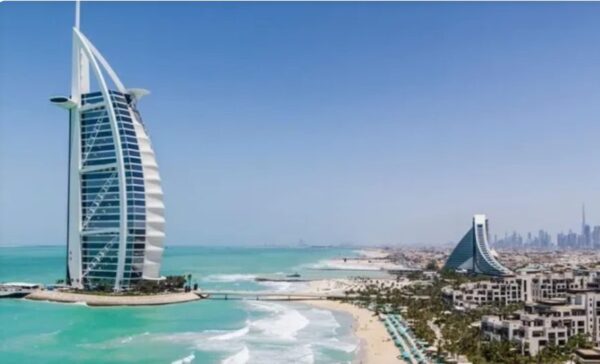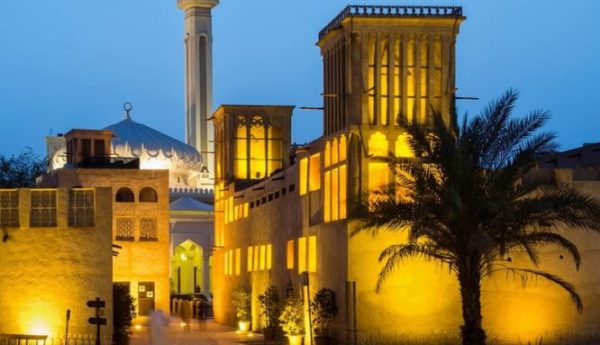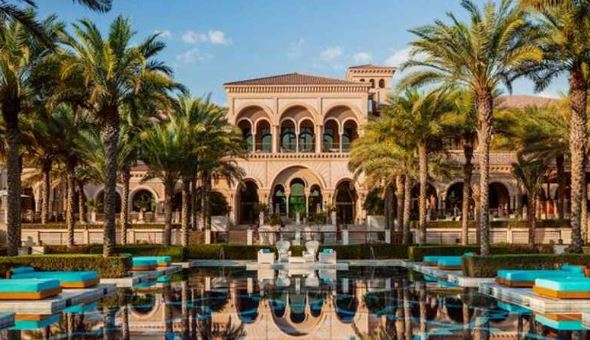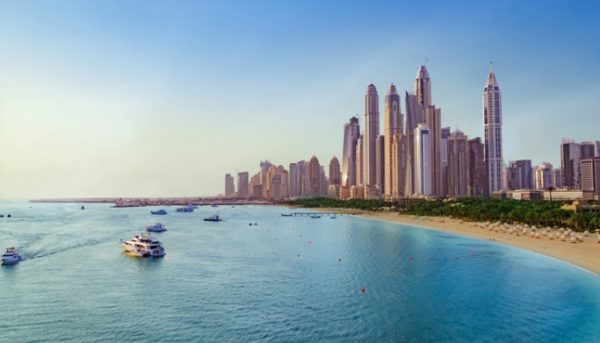Lifestyle
Why Dubai is often referred to as the ‘Fake City’
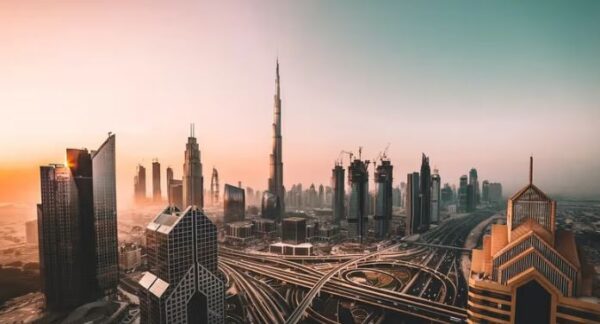
Dubai, a city that rose from the sands to become a glittering metropolis within a few decades, is often dubbed the “fake city” by critics and travellers alike.
This label, while pejorative, stems from various aspects of Dubai’s rapid urbanisation, cultural composition, and the nature of its attractions.
This article aims to explore these facets providing a clearer picture of why such a moniker has come to be associated with Dubai.
1. Rapid Urban Development
One of the primary reasons Dubai attracts the “fake city” label is its rapid and extensive urban development. The city-state transformed from a modest trading port to a global commercial hub within a short span. The skyline, now punctuated by the iconic Burj Khalifa and numerous other skyscrapers, was once a sparse desert landscape. This swift transformation, fueled by vast oil wealth and ambitious leadership, often gives the impression of a city that was built overnight, leading to perceptions of artificiality.
2. Architectural Imitation
Dubai is known for its architectural wonders, many of which draw heavily on designs from around the world. From recreations of the French Riviera to elements resembling the Venetian canals, Dubai’s penchant for replicating famous global landmarks contributes to its image as a “fake city.” Critics argue that this mimicking of international styles results in a lack of authentic architectural identity, portraying Dubai as a pastiche of global cultures rather than a region with its indigenous style.
3. Demographic Composition
Another factor contributing to the notion of Dubai as a “fake city” is its demographic makeup. The vast majority of Dubai’s population is composed of expatriates, with Emiratis making up a small percentage of the residents. This has created a cosmopolitan environment where many languages, cultures, and traditions mingle but rarely converge. To some, this results in a superficial social fabric, where deep cultural roots and a sense of historical continuity are lacking.
4. Tourism and Consumerism
Dubai’s economy is significantly driven by tourism and consumerism. The city is filled with sprawling shopping malls, luxury hotels, and entertainment complexes that cater predominantly to tourists. This focus on serving the global elite sometimes creates a bubble-like environment, where economic activities feel orchestrated solely for commercial gain rather than organic urban growth. Such a setup can give off an impression of a city that lacks depth beyond its commercial façade.
5. Environmental Concerns
Environmentalists often point out the unsustainable practices involved in Dubai’s development. The creation of artificial islands, excessive water usage in a desert climate, and high carbon emissions contribute to the portrayal of Dubai as an artificial creation without regard for environmental consequences. These practices underscore the criticisms of Dubai being a “manufactured” city at odds with its natural arid environment.
Conclusion
While the term “fake city” may capture certain aspects of Dubai’s urban and cultural landscape, it is also a simplistic label that does not encompass the complexity of the city. Dubai’s story is one of transformation, innovation, and ambition. While it does have elements of artificiality in its rapid development and lifestyle, it also represents a unique blend of global influences and a testament to human ingenuity. Understanding the reasons behind the label allows for a more nuanced view of Dubai, appreciating both its achievements and acknowledging the challenges it faces.


